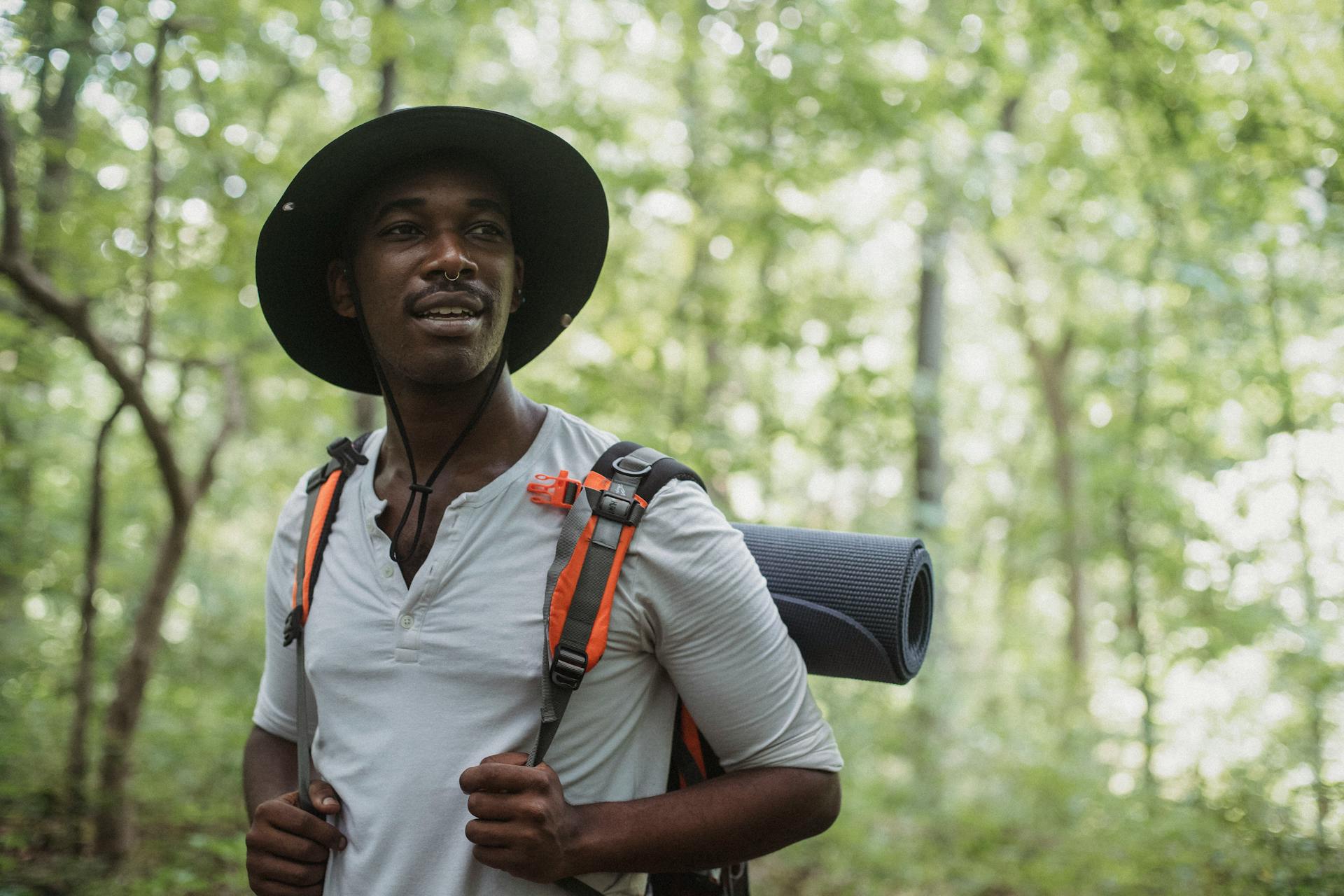On June 19th, 2024, those celebrating Juneteenth National Independence Day, an important moment in black history marking when the news of slavery’s end reached Texas, can enjoy free entry to all national parks.
This burgeoning holiday, signed into law on June 17th, 2021, coincides with a day where parks, nationwide, will be brimming with the vibrancy of early summer. So you can expect crowds, but it’s a great opportunity to access over 63 national parks and 400 NPS-managed sites.
Ready to head to your nearest national park, cost-free? Here’s everything you need to know.
The National Parks Service and Juneteenth Day

The NPS declared Juneteenth a free entry day in 2022, just one year after the holiday was officially established. This initiative aims to raise awareness of this historic event by providing access to public lands and protected historical sites nationwide.
The NPS’s mission to preserve and share African American heritage provides access to educational sites like the African American Civil War Memorial, Booker T. Washington National Monument, and the Harriet Tubman National Historic Park.
This will be the third free park day in 2024, with January 20th and April 18th providng free access in honor of Martin Luther King Jr. Day and National Park Week, respectively.
Here’s a complete list of free days for visitors in 2024:
- January 20th: Martin Luther King, Jr.’s Birthday
- April 18th: Start of National Park Week
- August 25th: National Park Service’s Birthday
- September 26th: National Public Lands Day
- November 11th: Veterans Day
80 national parks charge an entrance fee, and popular destinations like Yellowstone and Acadia National Park, each costing $35. Other parks, like the Grand Canyon, will cost you $15 dollars to get in. You can expect a range of $5 to $35 for paid entry, and Juneteenth is a great chance to visit one of the pricier options cost-free.
How to make the most of a free day in the park

You can expect June 9th to be a busy day in the park. As the weather improves nationwide, nature enthusiasts are planning day hikes, camping trips, and scenic drives through their favorite national parks.
Keeping this in mind, be sure to make any reservations well in advance. For example, if you’re heading to Mount Rainier this summer, you can expect a reservation requirement, and entry passes are released 90 days in advance of your arrival date.
So, if you wanted to guarantee entry on June 9th, your best bet would be to reserve your spot on March 11th.
These reservation requirements may or may not apply to the national park you want to visit, so take time to review the NPS website to make sure you can get in. If your local park does require reservations, be sure to check their website for the exact release date and time.
You can also look into Juneteenth-related NPS programming that dives deeper into the history of the holiday. Check event calendars or call the park directly to see what’s available.
In one example, Deleware’s Dover Green National Historical Park will spotlight Black Delwareans who have made an impact on the region’s history from June 15th to June 21st at the John Bell House.
Taking advantage of the various national park programs running this summer is an ideal way to optimize your free day as well, and the NPS provides programs that cater to different interests like:
- Guided hikes
- Photography walks
- Junior ranger programs
- Cultural talks
- Stargazing events
Finally, consider exploring a lesser-visited National Park to beat the crowds while expanding your horizons. Sometimes nature’s best gems aren’t as popular as others, but they can still have all (or more) of the impact of the heavy hitters.
Whether you’re drawn to the national parks to reflect on the cultural significance of Juneteenth or to simply enjoy a day in the great outdoors, it’s the perfect opportunity to experience the beauty of our protected sites.
Mark your calendars, make your reservations and enjoy your gratuitous entry on June 19th.




